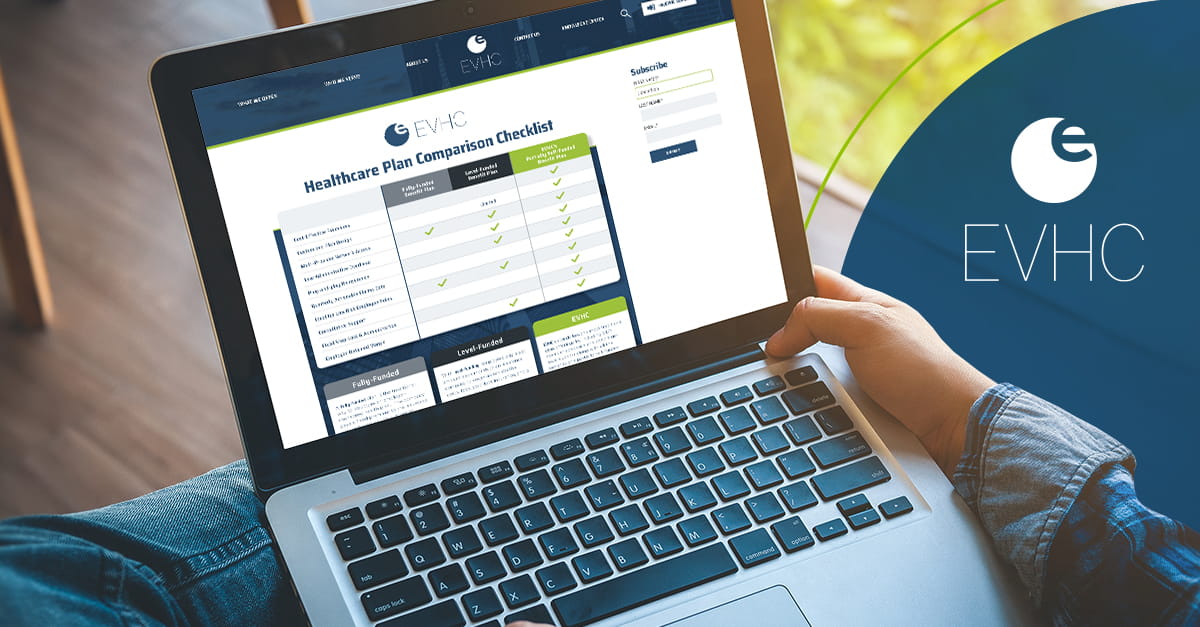
Last year many experts saw costs rising about 6.5% due to deferred care because of the COVID-19 pandemic. That’s true, but inflation has added to the increase. So today, consumers and businesses in the United States pay more for health coverage than anywhere in the world.
CEOs have taken notice. Many of those I’ve talked to have expressed concern that they’re not going to be able to afford to provide their employees with top-tier coverage. Unfortunately, they can’t afford to provide this coverage because it’s a competitive advantage in today’s hotly contested job market. But they’re hamstrung by a highly consolidated insurance market with only a handful of significant players who have little incentive to compete on price.
I talked to Todd Browning, a senior vice president at Marsh McLennan Agency, about these challenges.
“When we work with clients, we’re mainly trying to flatten the cost curve of rising medical and pharmaceutical costs, which flow downstream to rising premiums,” said Todd. “But trying to bend that curve is a big challenge for companies. Lack of choice in the market exacerbates the challenge because it cuts down on competition, limiting employers’ options.”
During another conversation, Derek Winn, a benefits advisor and strategist at Business Benefits Group, echoed the same things to me.
“The same problems are still there,” he said. “Employers are asking, what can I afford as far benefits? What can I afford as far as retaining—or not retaining—a workforce? What is the purpose of my benefits program?”
If you’re a CEO, CFO, or in HR, the purpose of your benefits program should be this:
To improve health coverage for your employees through minimized costs while aligning with all sides of your business strategy
Your health insurance plan shouldn’t just be thought of as paying for a part of your employees’ doctors’ visits or pharmaceutical costs. It shouldn’t just be a cost center.
Instead, it should combine with your entire business and corporate culture and be additive to both things. It should be a business driver, not a business killer.
Large insurance carriers don’t want you to think about health insurance this way. Heck, they don’t want you to think about health insurance at all. As Derek put it to me, “Buying insurance has gotten to be like an impulse buy on Amazon—buy it now, and it’s there in two days. And you’re not always happy with your purchase.”
But chances are you didn’t think about building your business on a whim. And with insurance being one of your most important line items, you owe it to your organization and employees to think about how it aligns with your overall goals and objectives.
To that extent, think of how your current health insurance program lines up with what I call the “four C’s:”
Putting the four C’s to practice means focusing on consistent spending, containing your costs, and adding to your culture. Think of every claim as another chance to give your employees the best possible coverage. At the same time, don’t pay for claims you don’t incur—something that happens all too often when dealing with major insurance carriers that impose an automatic 25% margin on their claims liability coverage.
It also means considering how your health insurance plays into your overall corporate goals. Is your current coverage helping you drive toward those goals or holding you back, either by costing way too much, not providing suitable options for your employees, or both?
As Todd told me, “If an employer’s eating all of the increase in costs, it will affect their ability to accomplish their goals.”
Don’t let that happen to you; if you want to accomplish your goals, contact us and let us show you how to cut costs and tie health insurance to your corporate objectives.
BACK TO INSIGHTS
